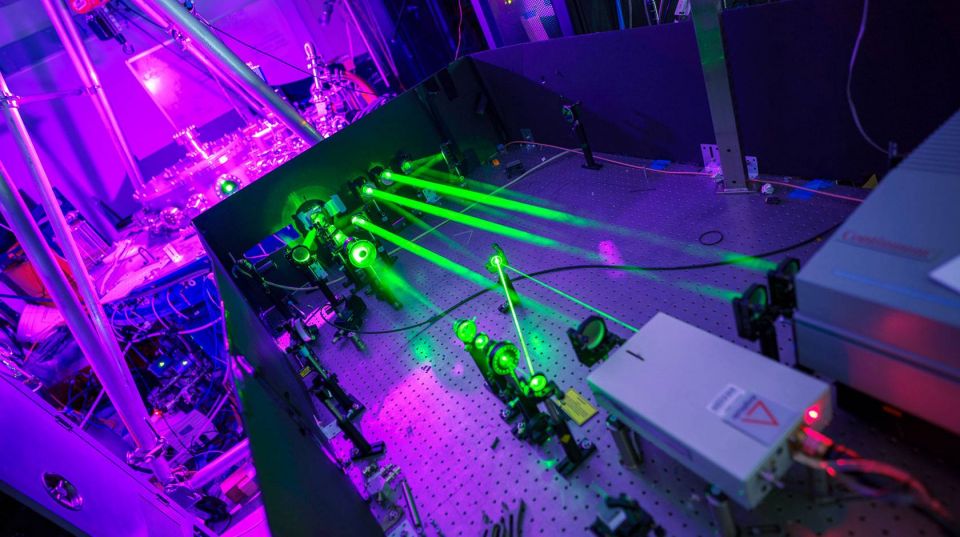Stress corrosion cracking and welding nonconformities are behind ITER’s fresh delays

The ITER Organization is working on a new baseline schedule for the magnetic confinement fusion experiment launched in 1985 and now under construction in southern France. First plasma was scheduled for December 2025 and deuterium-tritium operations for 2035 under a schedule approved in November 2016 that will soon be shelved. In addition to impacts from COVID-19 delays and uncertainty resulting from Russia’s war in Ukraine, ITER leaders must now factor in repair time for “component challenges.”

-3 2x1.jpg)




